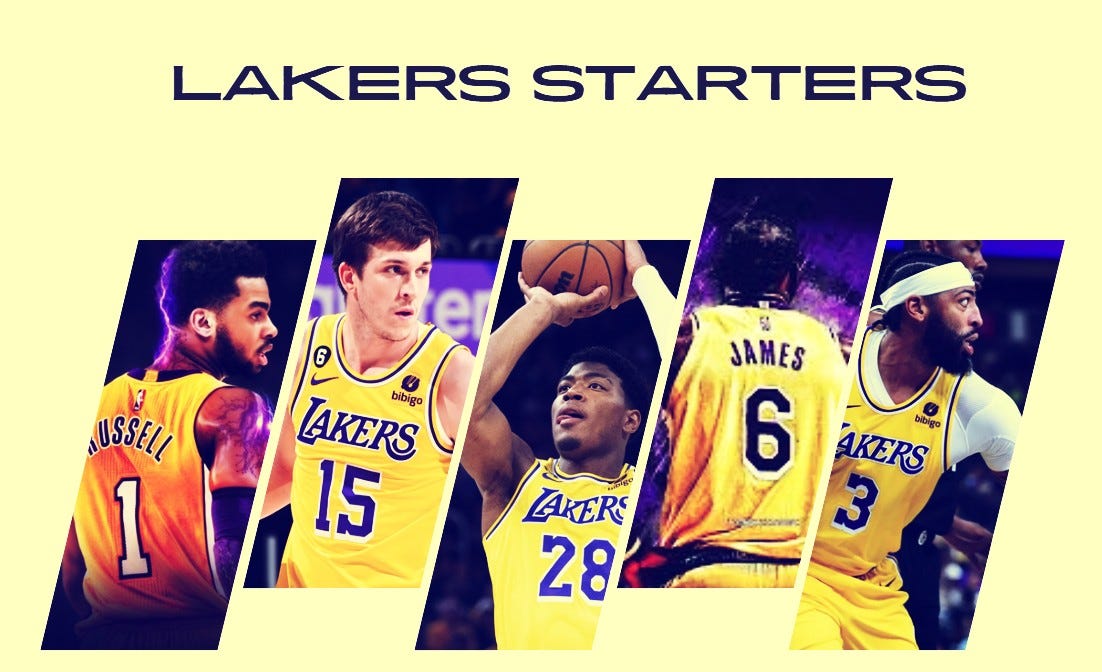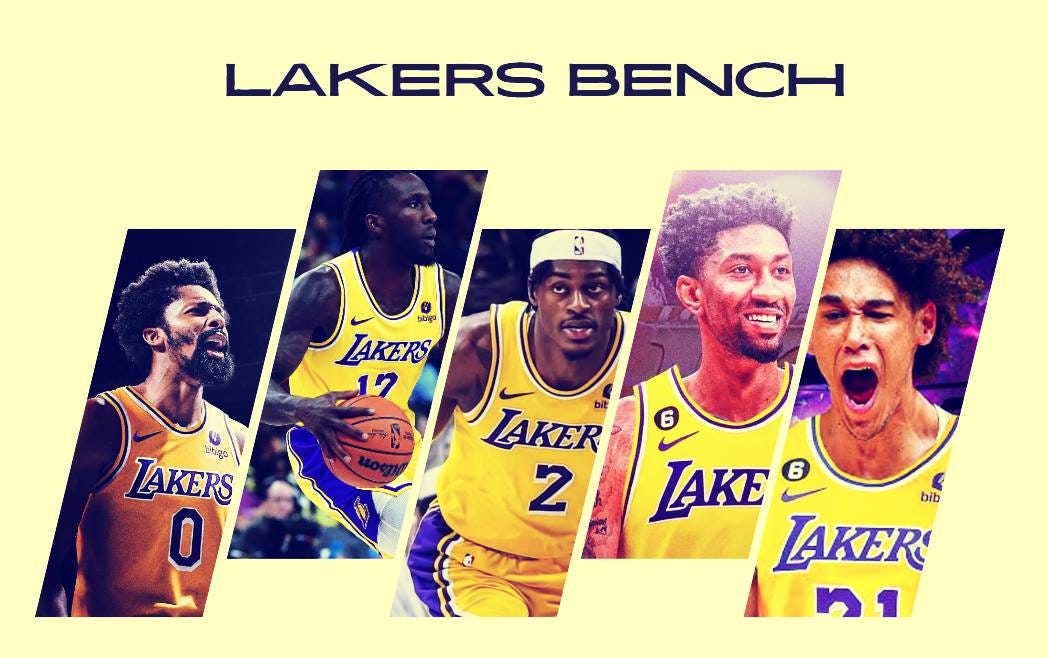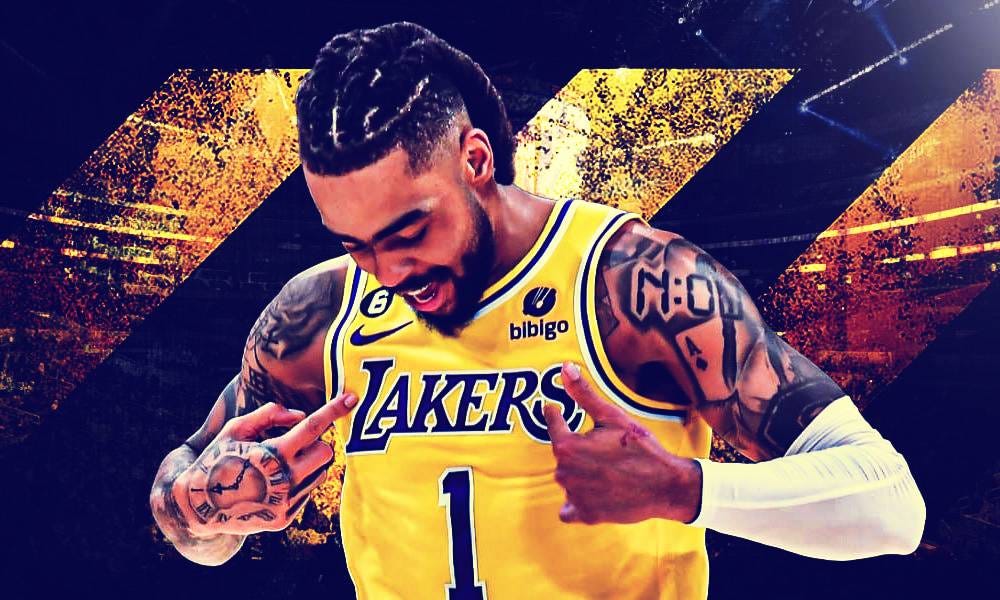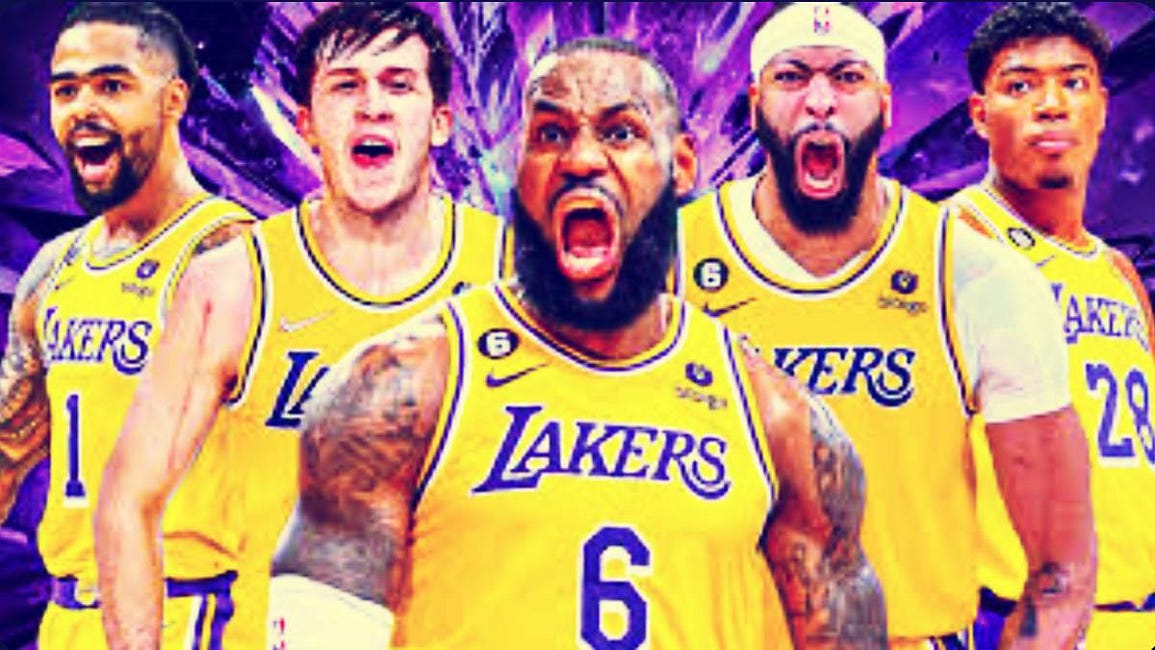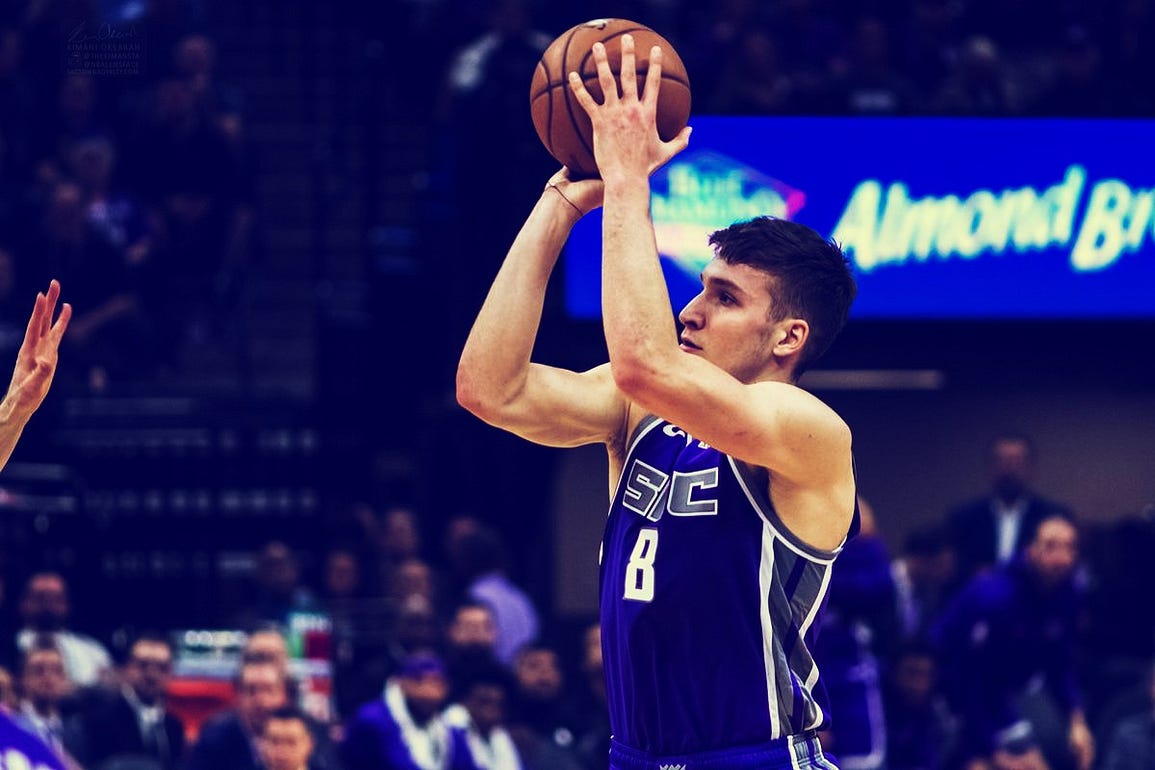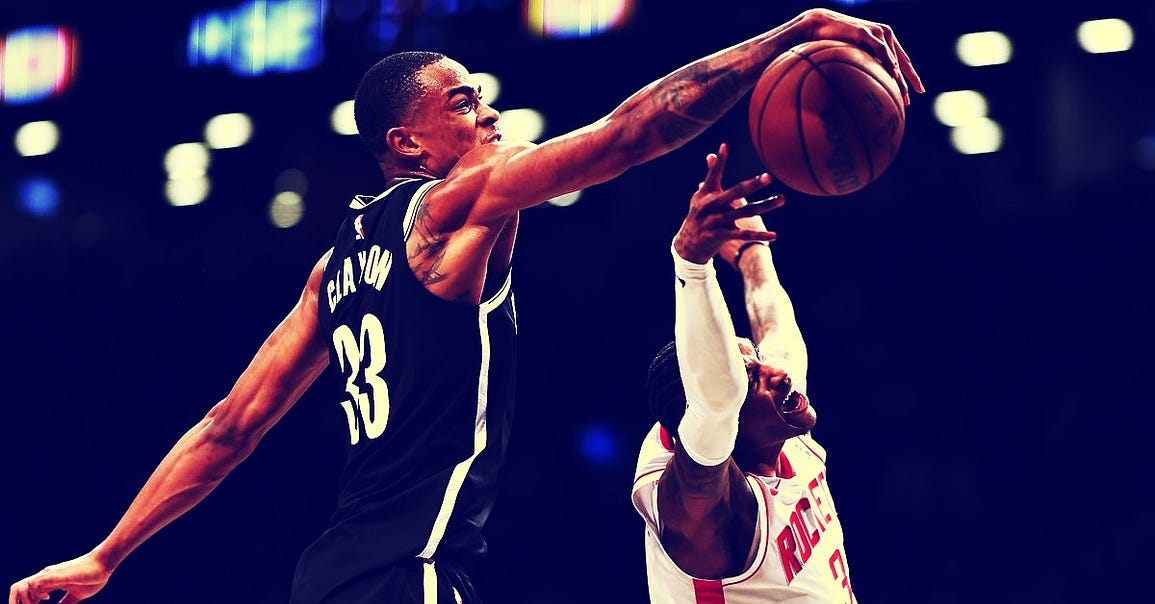The Clippers and the entire NBA got a rude reminder of just how lethal LeBron James in full playoff mode can still be even at 39-years old as he led the Lakers to a stunning 21-point fourth quarter 116–112 comeback win.
When an exhausting injury-plagued season, failure to make a difference-making trade at the deadline, and tough remaining schedule all seemed to doom the Lakers to end up as a play-in team, LeBron James to the rescue.
Instead of losing three of their first four games after the All-Star break and falling to 31–29 and 10th in the West, the Lakers are now miraculously 32–28 and 9th in the West, just 3.0 games out of 5th place with 22 games to go.
With a back-to-back tonight against the lowly Wizards, the Lakers should be able to pick up a needed easy win while maybe resting LeBron James, which would push them to 5-games over .500 for the first time this season.
That would hopefully give the Lakers some desperately needed momentum as they look to finally win a game against the defending champion Denver Nuggets in a nationally televised Saturday night game at Crypto.com Arena.
The game against Denver marks the start of seven straight home games against elite opponents who will be favored over the Lakers. After Nuggets, Lakers play Thunder, Kings, Bucks, Timberwolves, Kings, and Warriors.
How the Lakers handle that 7-game stretch will likely determine whether they can realistically win a top-6 spot in the West and avoid the play-in. After that 7-game stretch, the Laker will only have 14 games remaining.
Assuming the Lakers beat the Wizards to be 33–28 heading into the 7-game stretch, how many games do Lakers need to win to have a chance to avoid the play-in? They would be 37–31 with 4 out of 7 and 38–30 withy 5 out of 7.
Even at 38–30, the Lakers would likely still be in 9th place in the West with just 14 games remaining. Fortunately, their remaining 14-game schedule is much easier than the touch 7-game West stretch they’re facing right now.
Bottom line, the Lakers still have an uphill climb to get out of the play-in and into a top-6 guaranteed playoff spot. Like last year, the Lakers are likely to end up 7th or 8th in the West, needing 1 play-in win to make playoffs.

